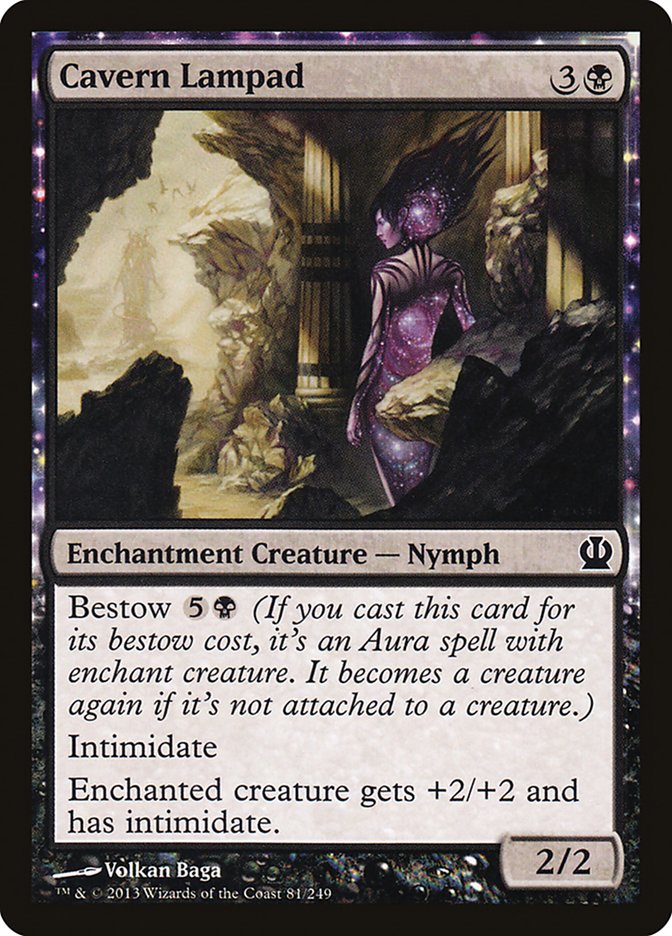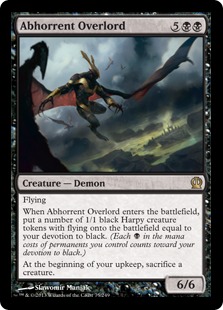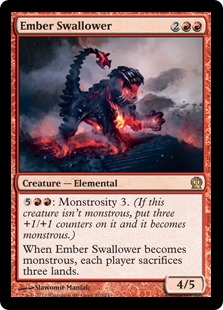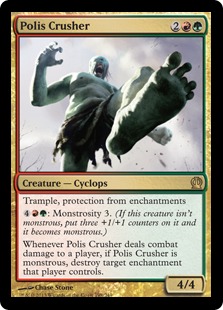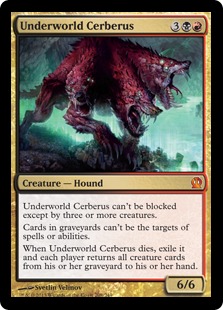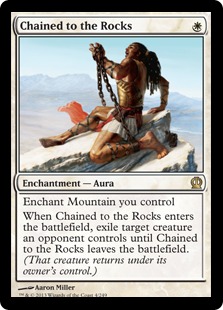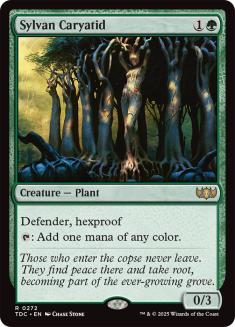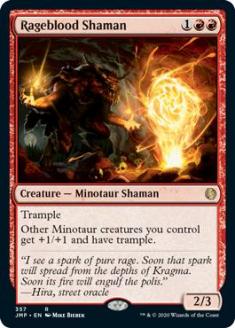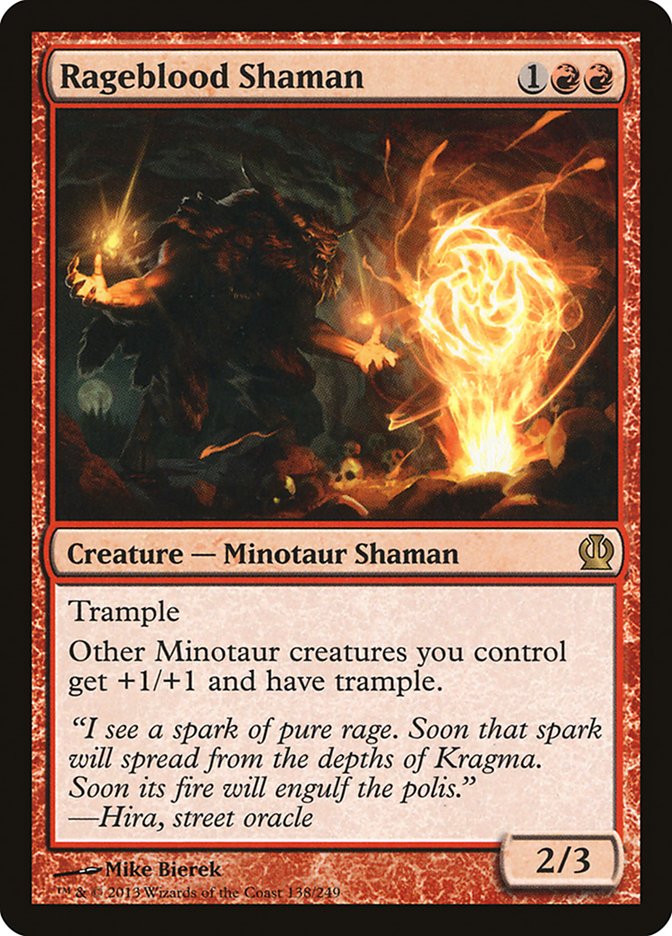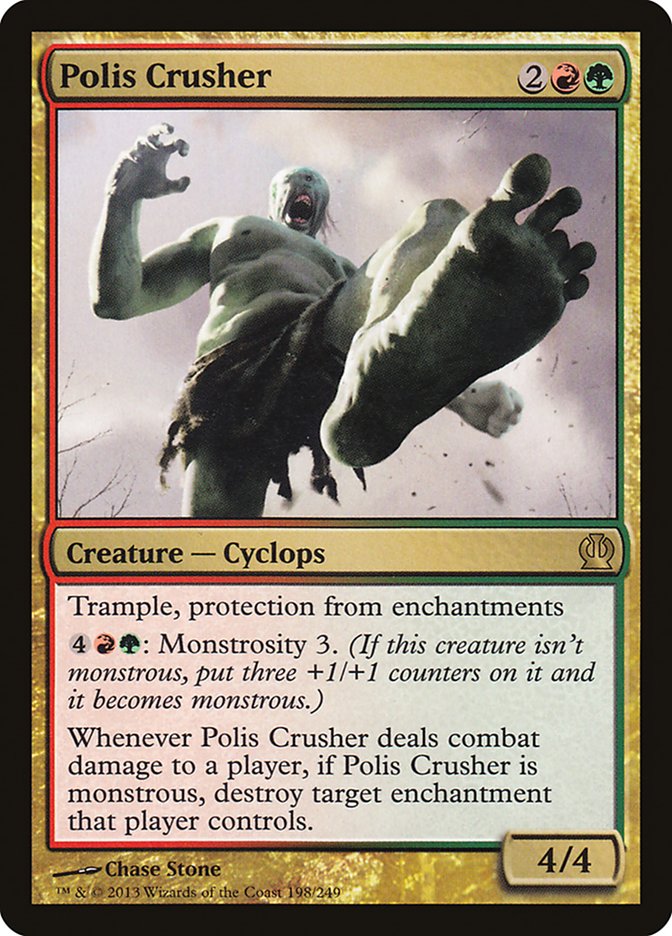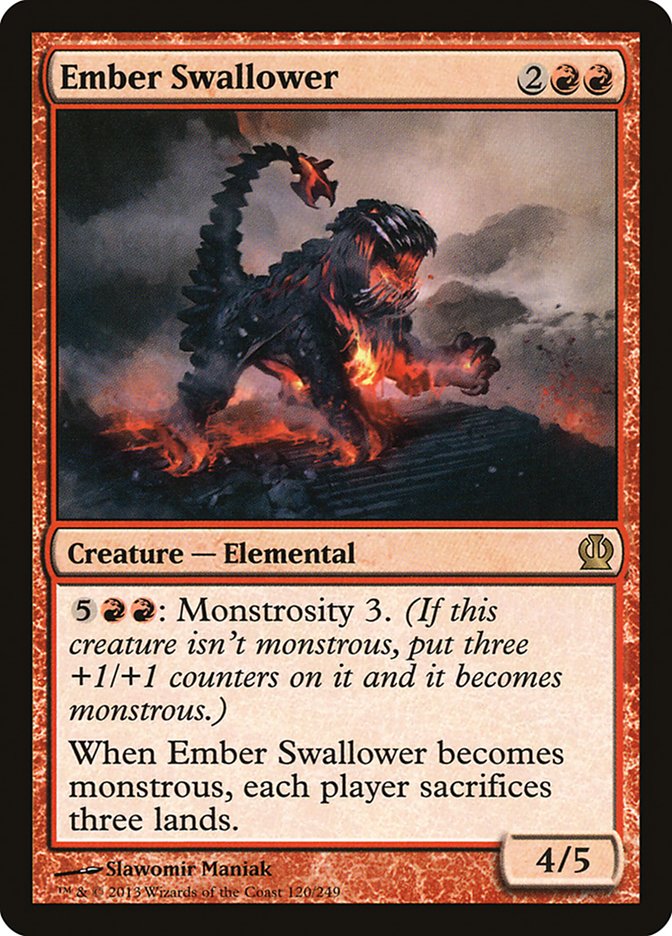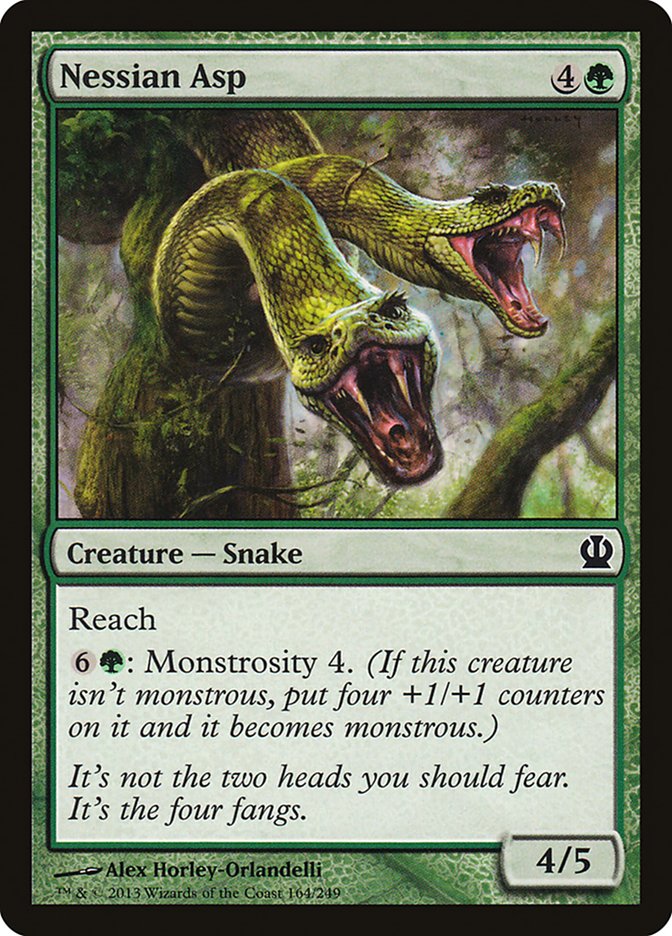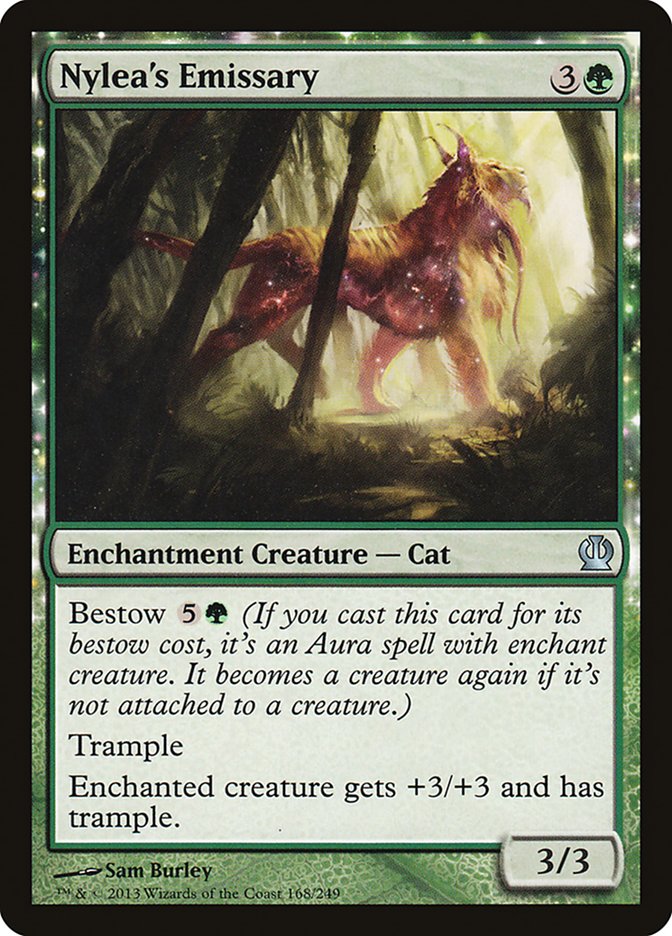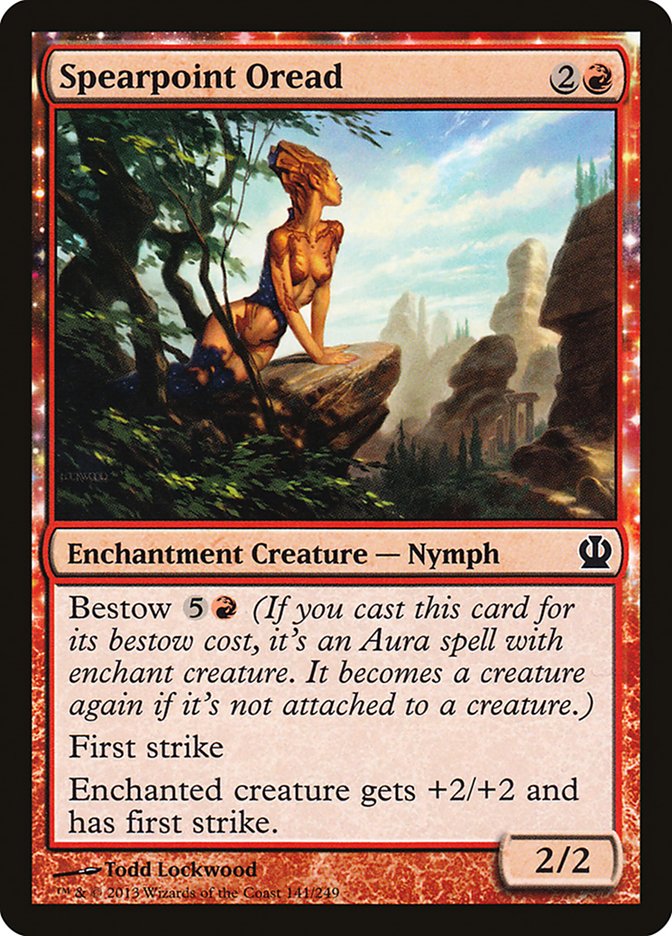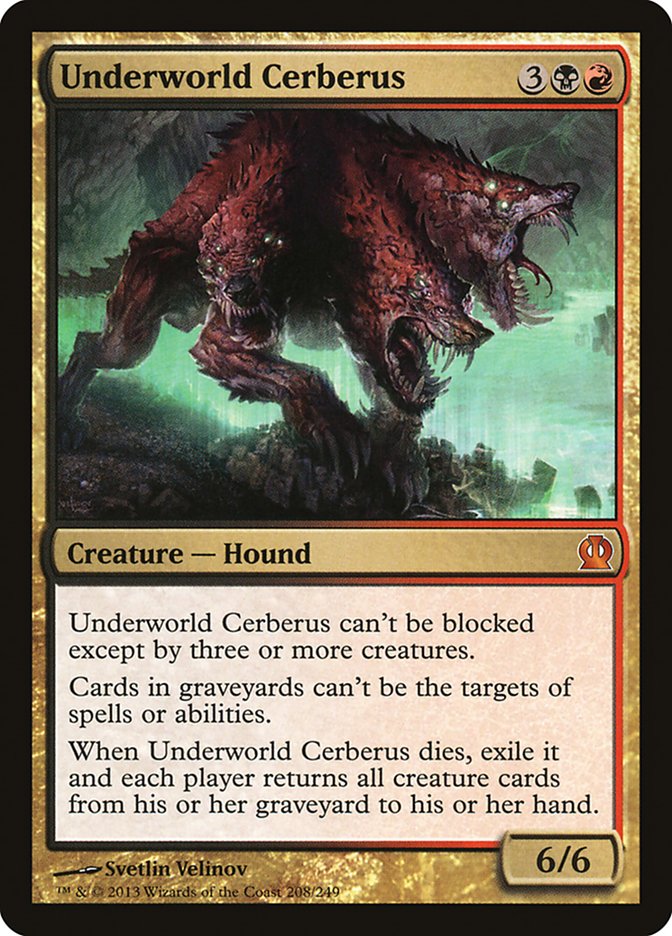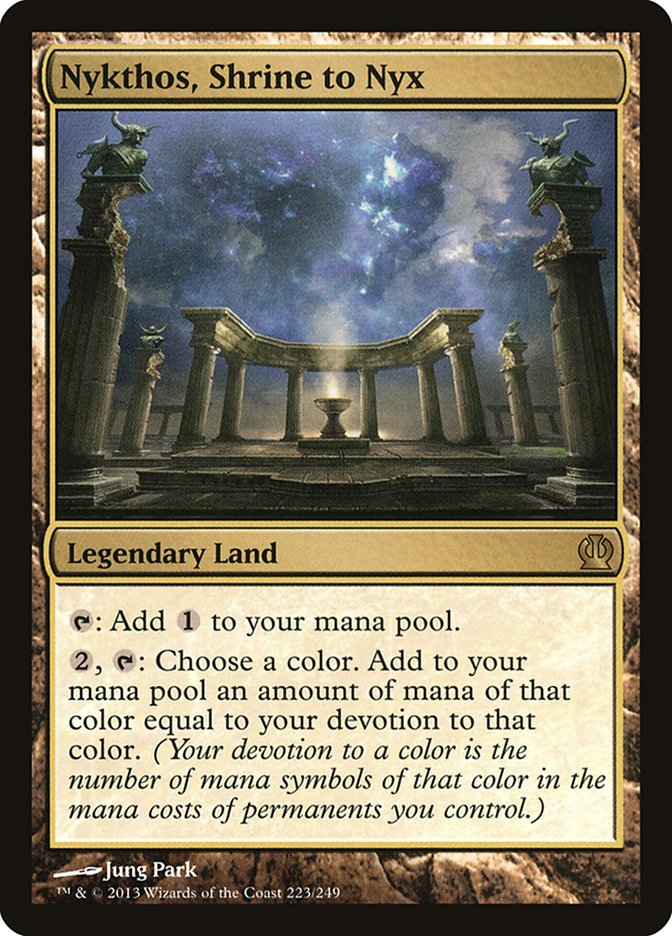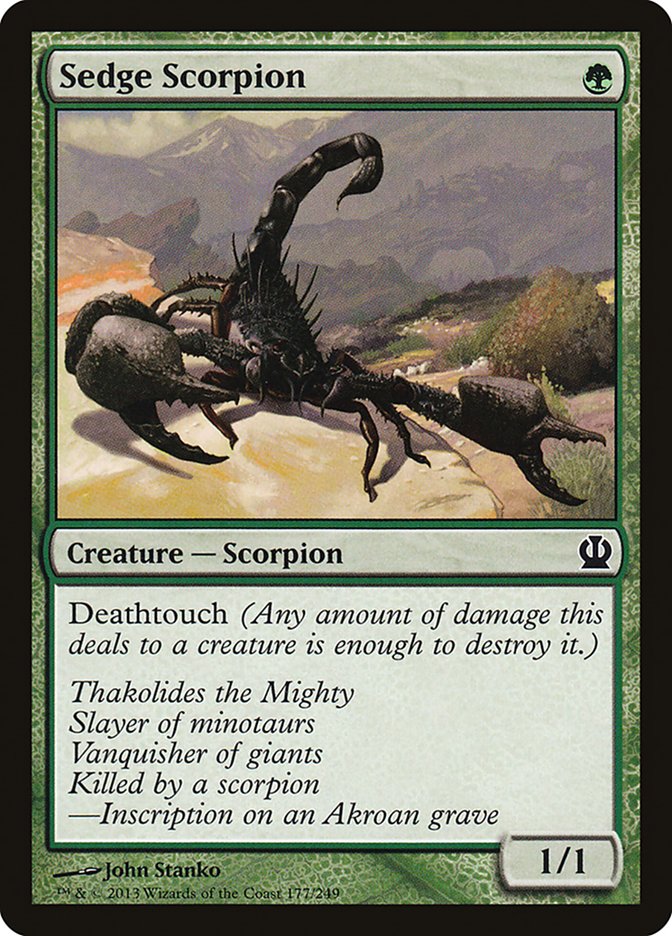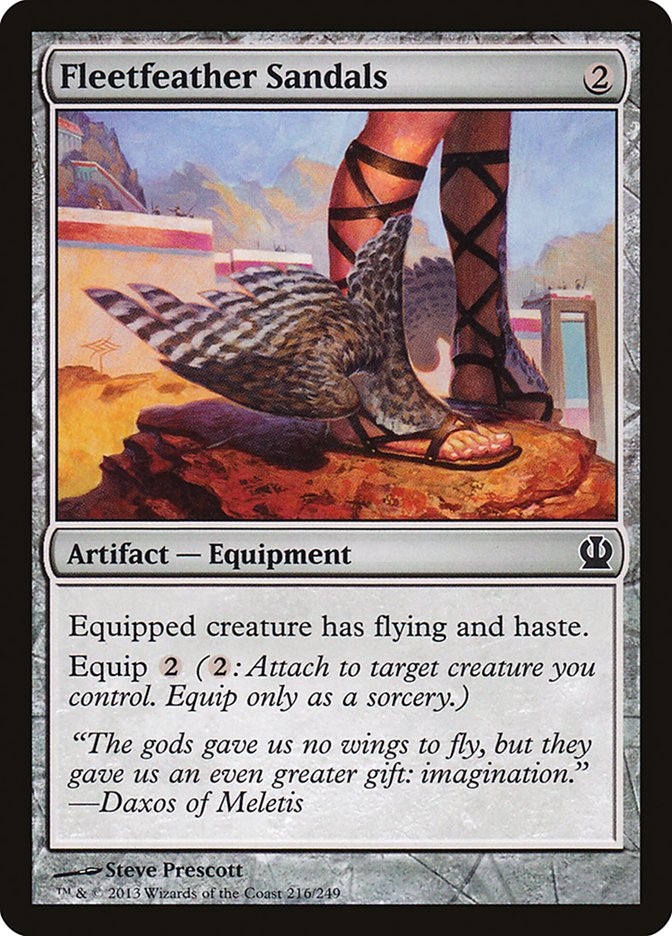I blew it.
We had our backs against the wall. Only being able to win two of the first six matches, we went into the last round of the finals draft needing a clean sweep to acquire the five victories necessary to claim the trophies.
The trophies. "SCG Team Sealed Open: Worcester Champions." We wanted the trophies. Winners are remembered; losers are forgotten.
Before we sat down for our final round, I huddled up with my teammates and very good friends Max Tietze and Pete Ingram. We knew the draft didn’t go great for us—I had gotten cut off from black hard and had to switch colors midway through pack 2, while both me and Pete opened Elspeth, Sun’s Champion and Xenagos, the Reveler respectively in pack 3 and had to cut them. However, we knew our decks were good enough to win and would be well matched up this round. I patted them both on the shoulders and said, "Let’s do this boys."
I made my way to the feature match area and took my seat under the cameras. Across from me was my longtime friend and very worthy opponent Gerard Fabiano. Game 1 was looking fantastic, as after a mulligan from Gerard I had a solid draw that saw me put a Dragon’s Mantle on my Two-Headed Cerberus, assemble a very solid board of creatures, and have a few combat tricks in my hand. On turn 6, Gerard bestowed the 2/2 fear guy onto his Wild Celebrants and swung in for seven.
This changed the math considerably because even though my creatures greatly outclassed his, he would have enough chump blockers to survive long enough to kill me with the Wild Celebrants and win the race. As Gerard was able to continue to produce blockers while he attacked with the unstoppable Wild Celebrants, I watched the game slowly slip away. On my last possible turn before death, I made an all-out attack, hoping Gerard would block incorrectly and my tricks could steal the game. As I was waiting for him to decide his blocks, Pete looked over at the match and asked what I was doing. I told him. He then asked me why I had also attacked with my red creature when Gerard had lethal on board, and I told him it was unlockable and I was dead.
Did you catch it?
My heart sank. I had incorrectly assessed Cavern Lampad; it bestows intimidate, not fear, and his Wild Celebrants had actually not been unblockable at all.
Pete won his match.
Max was looking very good in game 3 of his match.
I mulliganed and lost a close game 2 against Gerard, and the tournament was over.
I blew it.
Would I have won the match anyway if I had not thrown away the first game? It’s impossible to say. Maybe Gerard would have won the next two, causing me to lose anyway. However, by making such a foolish mistake, I denied myself the opportunity to find out.
Now, I’m no stranger to the big stage. I’ve played many big matches in my life. I’ve succeeded at the highest levels of competition and played with thousands of dollars on the line. I’ve made great plays, and I’ve made mistakes. It’s unfortunate that I made one at such a crucial moment.
Worst of all though? I felt awful for letting my good friends down.
However, there’s a reason why you play with your good friends, and while Max and Pete were obviously disappointed, they were unwavering in their support. Overall, aside from the finals, I was very happy with my own play and the play of the team the entire tournament. Our decks were not extremely powerful, and whenever one of us took a tough loss, the other two were able to pick them up and get the win. There will be more trophies, so be very afraid if you find yourself paired against Davis – Tietze – Ingram in the future.

How We Got There
When we sat down to build our decks Saturday morning, we noticed a few things. For the most part, we were a little lacking in any big-time bombs, and the ones we had were somewhat difficult to play. Despite being a bit low on the power side, our pool was extremely deep, with a very large amount of average but playable cards. One of the most important parts of any Sealed format is to make sure you are maximizing all of your best cards, and Team Sealed usually allows you to do this.
Our playable rares were:
The fact that we had a number of multicolored rares made our job somewhat difficult.
The first deck that Pete laid out was a R/B Minotaurs deck led by Rageblood Shaman, Kragma Warcaller, and three copies of Deathbellow Raider. The deck lacked synergy with itself, though, as all of the aggressive Minotaur cards called for more red mana while the black devotion cards wanted the deck to be heavier black and more controlling.
Max had laid out all the white cards, and we almost had enough for a mono-white deck, while I had been tasked with the green cards. It was clear green had a great base but was somewhat expensive and lacking in big-time power. Blue was left over and was not really a good fit for either the green or white cards.
We decided that the Minotaurs deck was taking too much away from the other colors and broke it up, pairing the controlling black cards with the controlling blue cards and giving a few of the splashable red cards to the white deck. Pete ended up with a reasonable U/B Control deck, while Max got the slightly underpowered aggressive Boros deck. I ended up with the remainder of the red cards for my green deck, and things started looking up. Once it became clear I could easily splash black for access to the Underworld Cerberus, my deck really came together:
Creatures (20)
- 1 Satyr Hedonist
- 1 Ember Swallower
- 1 Karametra's Acolyte
- 2 Nessian Asp
- 1 Polis Crusher
- 1 Underworld Cerberus
- 1 Sylvan Caryatid
- 1 Spearpoint Oread
- 1 Purphoros's Emissary
- 4 Nylea's Disciple
- 1 Sedge Scorpion
- 2 Voyaging Satyr
- 1 Opaline Unicorn
- 1 Nylea's Emissary
- 1 Pharika's Mender
Lands (3)
Spells (17)

Despite lacking in powerful spells and removal, the deck certainly packed quite a punch. Three two-mana accelerators along with Opaline Unicorn and Karametra’s Acolyte provided for huge amounts of mana, which was then used to fuel monstrosity and bestow our creatures.
All of the monstrosity cards I played were absolutely awesome. At first glance I compared them to the level up cards from Rise of the Eldrazi, but the fact that they can be activated at instant speed is extremely relevant. In a Sealed format where the games tend to go long, the monstrosity dudes ensure that you will have things to do with your mana every turn and that you will have ways to break through. Polis Crusher in particular was absurd because enchantments are everywhere. Many creatures were simply unable to touch it, and once monstrous it could make short work of any bestowed creatures or enchantments.
Ember Swallower was also as good as advertised. Because my deck had so much mana acceleration, I was able to make it monstrous fairly quickly and recover faster. Even the lowly Nessian Asp was fantastic, as a 4/5 reach for five mana would already be very playable and the ability to make it huge is a wonderful bonus.
The bestow cards also overperformed. They played similarly to the evoke creatures from Lorwyn block—while as creatures they were pretty much average for their costs, you typically would not want to cast them as creatures and give up the card advantage they would provide as Auras. The bestow ability solves all of the problems that Auras usually have, as rather than risking card disadvantage they actually create card advantage. Getting the creature after the enchanted creature dies is a huge bonus. The fact that they trigger heroic was not relevant in my deck but also contributes heavily to their value.
Underworld Cerberus is a very strange card since it creates a lot of tension. On the surface, it is a huge and undercosted creature that is extremely hard to block, which sounds awesome and leads you to want to play it as early as possible because it is such a threat. However, the return all creatures from graveyards ability when it dies does a number of things. In a deck full of all creatures, it feels like you want to play it as late as possible, when you have thrown away or traded off all of your creatures and can break the symmetry.
Is it an aggressive beater? Is it an attrition card? It’s hard to say. If you use it too aggressively and your opponent can muster up three blockers, they can just block and trade with it, and then the triggered ability will return all of those blockers to the owner’s hand from the graveyard while you lose it for good. If you try to use it as an attrition card, you really need to make sure that you are getting the most out of its ability, either by playing as many creatures as possible or making sure that you can get more value out of the creatures. It is a very interesting card in Limited, and I’m curious to see what it’s capable of in Constructed.
The final pieces were added to the puzzle late in the deckbuilding process when we included two of my favorite sleepers:
As my deck was almost entirely permanents and most of them were green, Nykthos, Shrine to Nyx was absolutely amazing all day. It fueled early bestows and monstrosity activations and allowed me to dump my hand very quickly. There were games where I had Voyaging Satyr to untap it and I was making upwards of twenty mana a turn— I wish there were an X spell in the format! I also was able to activate Ember Swallower on turn 5 or 6 a few times over the course of the day, and those games turned out pretty well for me.
What’s important about my build is not only the cards I played but the ones I chose not to play. It’s very important to understand that a Limited deck like this is a careful balance— you are playing for power, not tricks. You have a lot of mana in your deck, and you need to make sure that every card counts. For every Savage Surge or Fleetfeather Sandals you put in your deck, you are removing a card that is already a threat on its own. I was even unhappy with my Sedge Scorpion, which seems like it would be a great defensive measure in the deck, because if I had a draw that was lands, two mana accelerators, and a Sedge Scorpion, I wasn’t really going to be getting anywhere.
Overall the deck played out much better than I thought it would at the start of the day, and the only real weakness it had was a lack of removal. I went 7-2-1 with the deck, with my losses coming from a very good Boros deck with an Anax and Cymede I couldn’t kill and from a U/W deck that had two Master of Waves.
Two Options
When you make a big mistake and throw away an important match, it stings. When it not only affects you but your teammates/friends as well, it really stings. But in reality, you only have two options:
You can let it sink in deep and let your own self-doubt use it as an affirmation that you really are awful at Magic and will never reach your goals. You can let it shake your confidence and make you question yourself every time you are in a similar situation and it’s all on the line. You can make up all sorts of excuses in an effort to hide the feeling of failure you are letting fester inside you. You can let it control you. You can make it a bad thing.
Or you can use it.
You can take it, understand it, and move on. You can understand and accept that mistakes will always happen and it is how we handle them that will define who we are. Even Mariano Rivera blows the occasional save. Even Michael Jordan misses the game-winning shot sometimes. But the point is to own it, use it as motivation, and move forward.
It’s good that it stings.
If it doesn’t sting, that means that it doesn’t matter to you. It means you aren’t playing for anything.
And if it doesn’t matter, why even do it?


